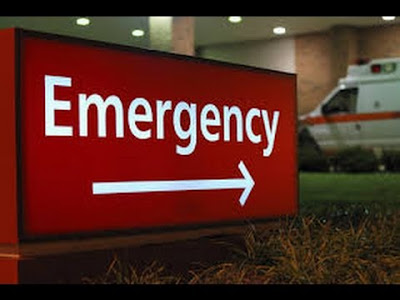Home Poisoning First Aid

The Easter holidays are fast approaching. This usually means
more quality time with our loved ones. For most homes this could lead to a full
house with so much fun, wining and dining. The holidays are usually the time to
be more careful especially in homes with little children because children are
known to have a habit of ingesting anything in their immediate line of vision.
This is the reason they must be supervised in the home and beyond. Most
household fluids and substances are potential poisons, care should be taken to
store these out of the reach of children.
In the management of poisoning and toxicity, the importance
of time cannot be overemphasized this is why it’s important that every
individual should have a basic knowledge of pre-hospital toxicity management. In
the event of a poisoning, what can be
done? The first step is knowing what has been ingested. This can be done
by looking around the victim for obvious signs like a bottle or container of
any sort so as to be able to show and tell the health care provider what has
been taken in details. It is important to know that the pre-hospital management
should be done as professional help is on the way.
In the case of topical contamination, remove the victim from
the offending substance and get rid of the clothes if affected, wash copiously
with running water to eliminate any excess contaminant. If the eyes are affected, wash also
with running water for fifteen minutes. With your knowledge of
chemistry, never think of neutralizing an acid on the skin with a base…it
doesn’t work that way in the real world.
In the case of some drug overdose, activated charcoal can
decrease the absorption of a wide variety of drugs and toxins in the stomach
and intestinal tract. The use of activated charcoal is most likely to help
people who may have ingested carbamazepine, dapsone, phenobarbital, quinine,
theophylline, salicylates, phenytoin, or valproic acid. Activated charcoal
interrupts the enterohepatic and enteroenteric recirculation of drugs in the
gut lumen. It does this by the adsorption of the drug on it’s surface thereby preventing further absorption of the
drug in the system. A dose of 1 to 2 g per kg is usually recommended for
children. The first dose is often given with a cathartic agent, such as
sorbitol, to improve taste and hasten the transit of the toxin through the
intestinal tract. Care should be taken in the administration of multiple doses
of sorbitol to a child as this may cause excess diarhoea leading to electrolyte and fluid abnormalities.
Activated charcoal is unlikely to benefit patients who ingested alcohols,
strong acids or bases, minerals, iron, lithium, or hydrocarbon
Syrup of Ipecac has also been used over time as a means of
detoxification because it causes emesis (vommiting) in the patient. The use of
this has declined greatly in modern times because some caustic agents are
better prevented from passing the gastrointestinal tract a second time. It is
also contraindicated to induce vomiting in a person that is unconscious as this
may lead to suffocation.
Some poisons however have specific antidotes that directly
neutralizes the offending agaent. Examples of which are N-acetylcysteine, which
is used to neutralize paracetamol overdose. Paracetamol , in normal doses, is
one of the safest medications known, but after a massive overdose, the liver is
damaged, and hepatitis and liver failure develop. N-acetylcysteine works as an antidote by helping the body's
natural detoxification abilities when they are overwhelmed.
If a person with diabetes takes too much insulin, a
dangerously low blood sugar (hypoglycemia) will cause weakness,
unconsciousness, and eventually death. Sugar given rapidly by mouth or IV is an
effective treatment until the insulin wears off. This can be life saving.
In the case of Opoid overdose, Naloxone has been shown to be
a specific antidote because it competitively competes for opoid receptors
thereby minimizing the binding of opiod to the receptors and decreasing the
effect of the opoid in the system.
Deferoxamine is a specific antidote to ferrous salts. This is
very important for new mothers who keep their routine drugs scattered around
the whole house. The ferrous sulphate you see as nothing can be life
threatening to your baby if he lays his hand on them.
Atropine is a specific antidote to cholinesterase inhibitors.
Cholinesterase inhibitors are the major ingredients of most insecticides used
in the home. When inhaled in very high concentrations, this can ultimately lead
to paralysis. The next time you use the insecticide at home for the mosquitoes
and cockroaches, be sure to keep it away from your infants.
Nothing is as true as the old saying, “prevention is better
than cure”. This simply means that we should devote more time and energy in
preventing these emergency scenarios so that the festive season can be for
merry and not for crying.



Leave a Comment